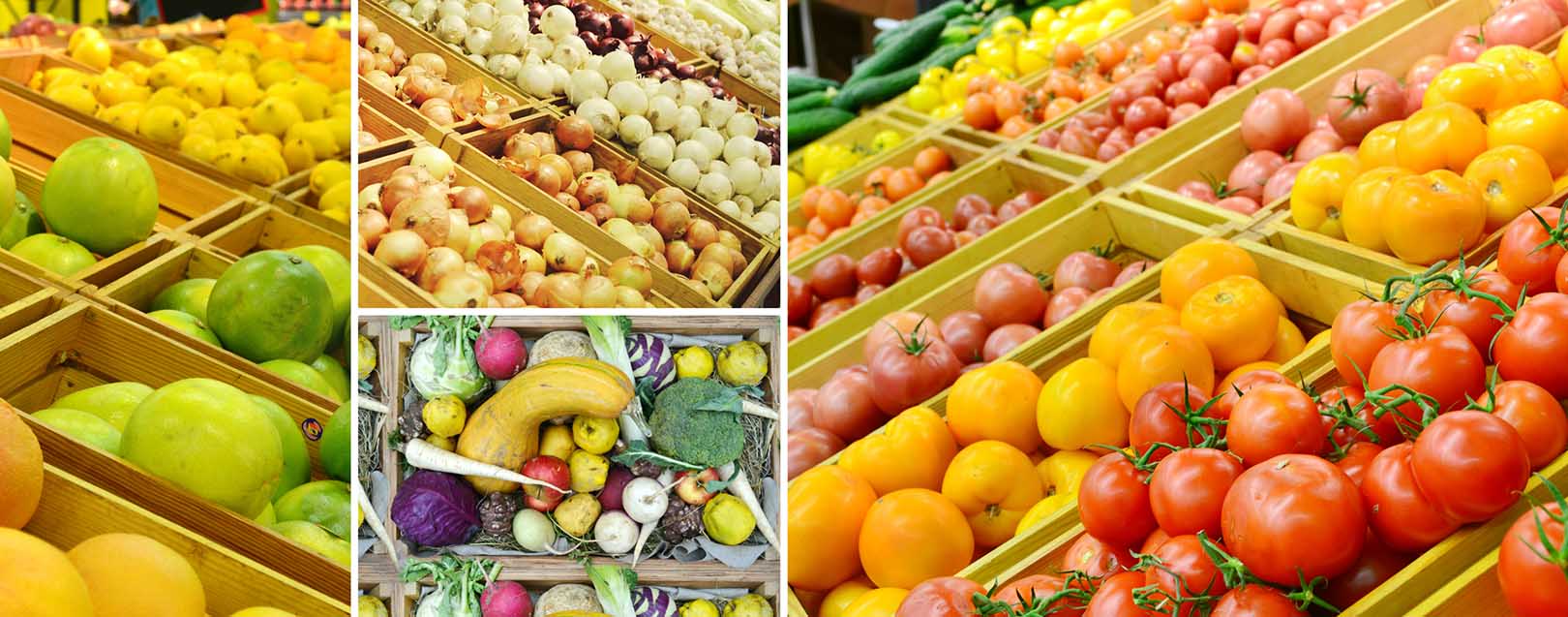
Good monsoon unlikely to lower food price inflation
The Dollar Business Bureau
A good monsoon this year is unlikely to help reduce food price inflation, Nomura said in a report.
According to the Japanese brokerage firm, even though markets and the Reserve Bank are hopeful of a good monsoon this year, it is unlikely to play a key role in lowering the country’s food price relation as correlation between food price inflation and rain is low.
The global financial services major noted that more than monsoon rainfall, other important factors such as global food price trends, minimum support prices (MSPs), nominal rural wages and non-labour agriculture input costs play a key role in reducing food price inflation.
“As the above drivers of food price inflation have already stabilised, we do not expect food price inflation to fall from current levels, even if monsoon rains are normal,” the firm said in its research note.
Nomura expects India’s average food price inflation to be around 5-5.5% this fiscal compared to 5.1% during the financial year 2015-16.
The report underscored that it is not evident that below-normal monsoon rains contributed to high food price inflation, and normal rainfall leads to low food price inflation. Similarly, less-than-normal monsoon does not mean higher food price inflation.
“Using data for the last 15 years (FY2001-02 to FY2015-16), we estimate that the correlation between monsoon rainfall and food price inflation is 0.14 (ideally the correlation should be negative),” the report added.
Nomura notes that food price inflation consists of four key drivers – nominal rural wage growth, global food price trends, minimum support prices (MSPs), and other agricultural input costs.
“Our analysis suggests that rains are not the primary driver of food price inflation. Even with below-normal rains, food price inflation can remain contained if rural wages and other costs are low. Similarly, despite normal/above-normal rains, food price inflation can spiral if production costs rise sharply,” it said.

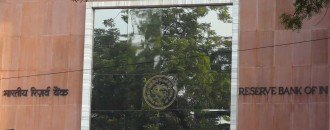
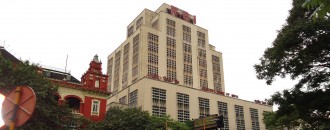
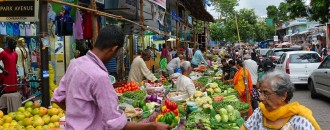
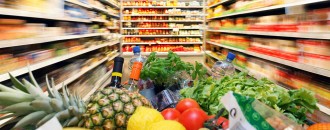

 to success.
to success.